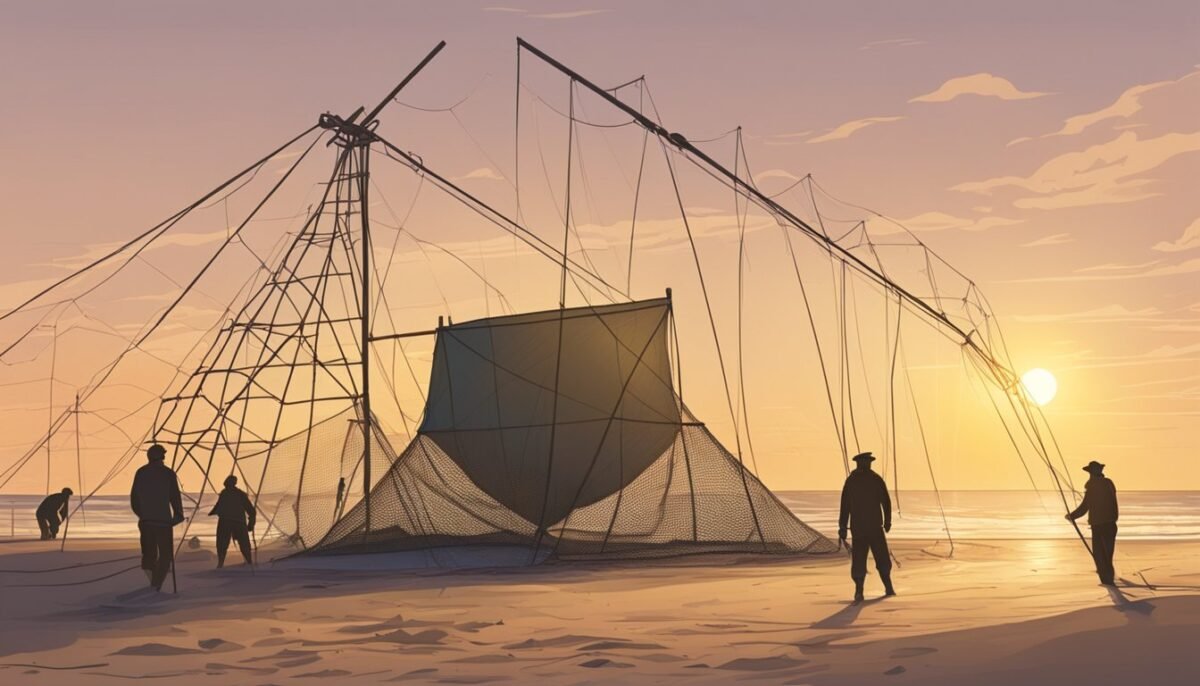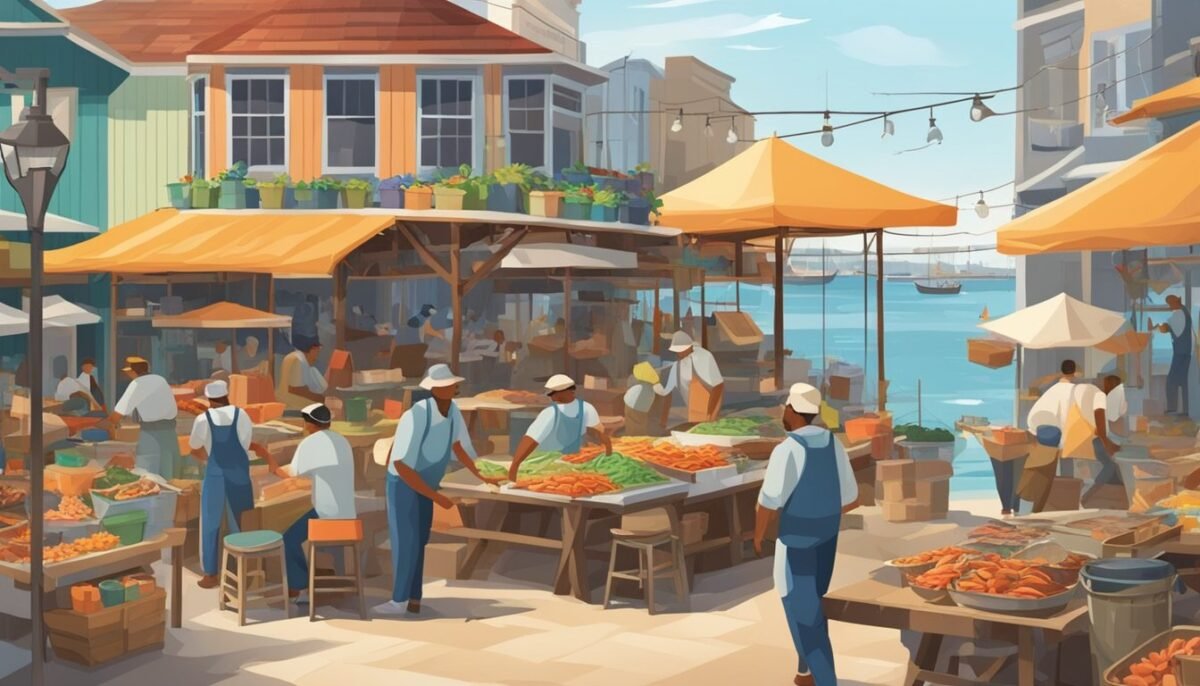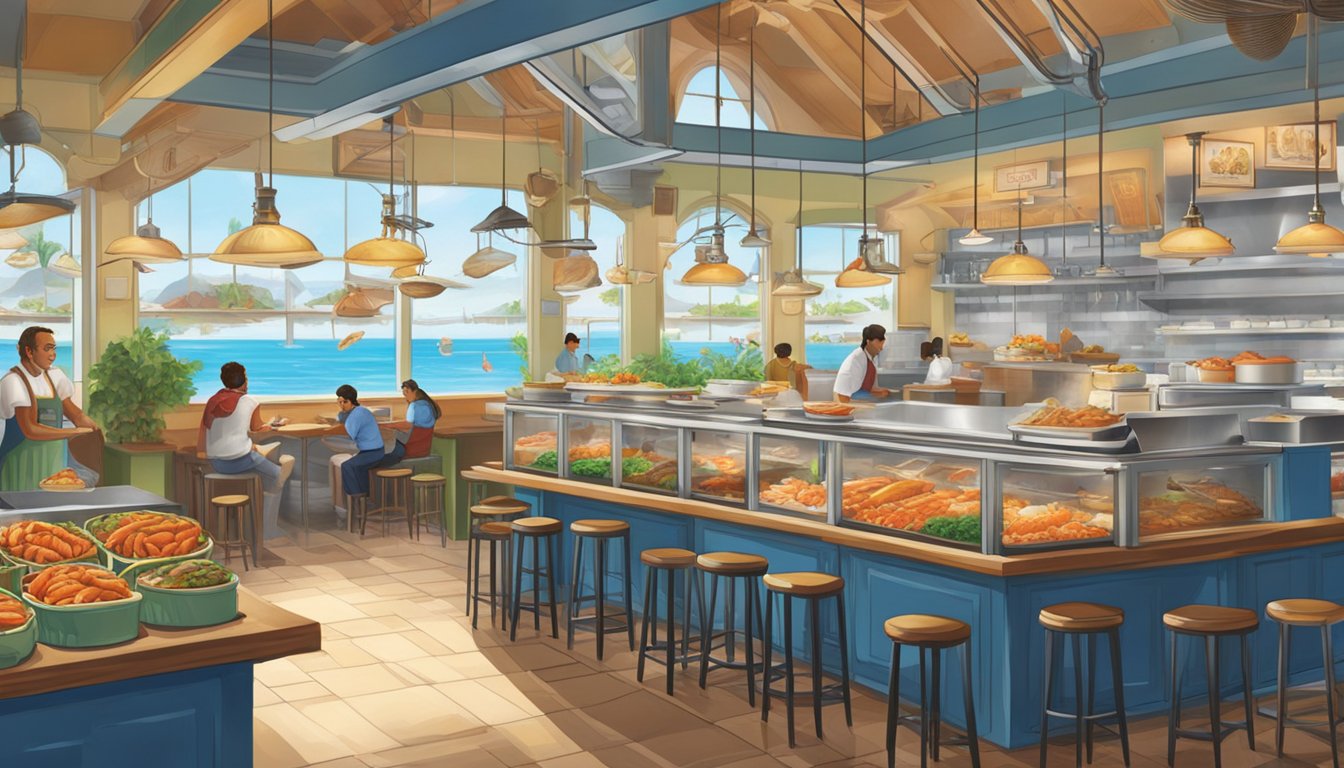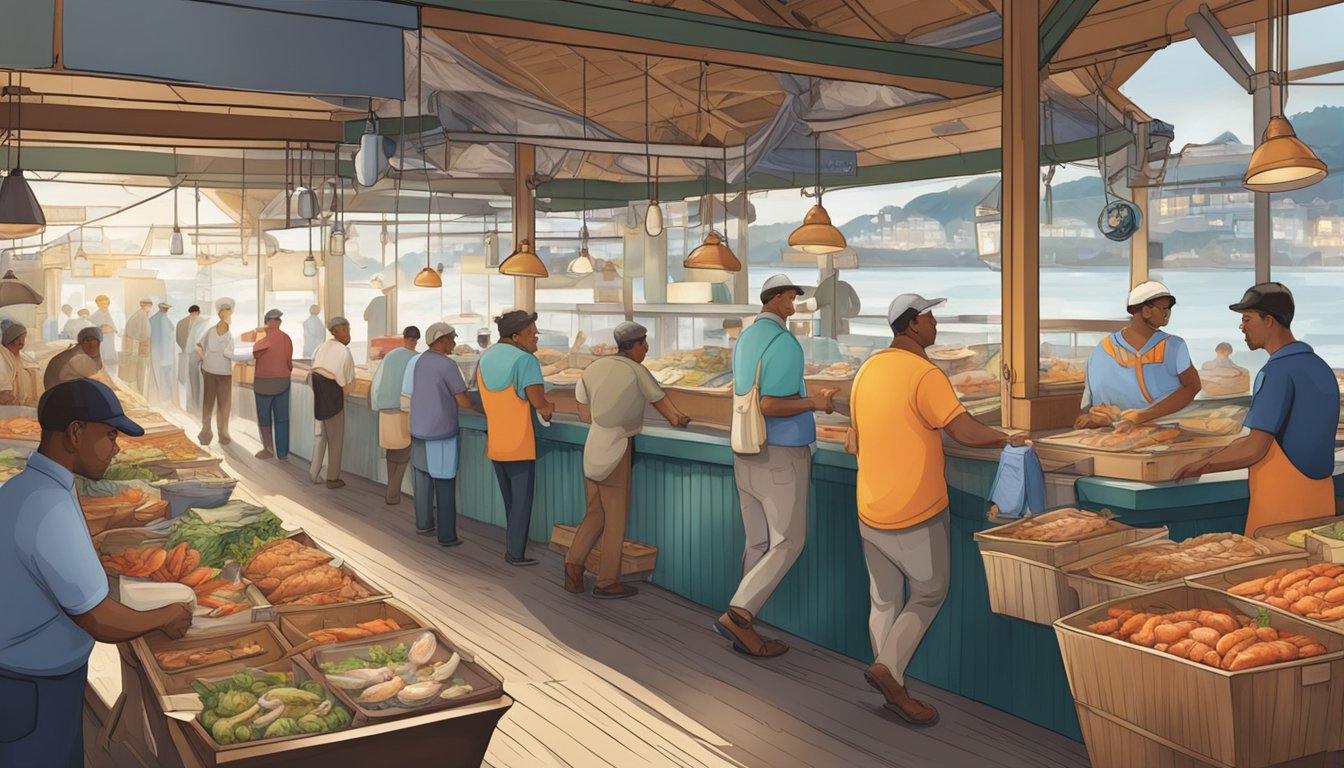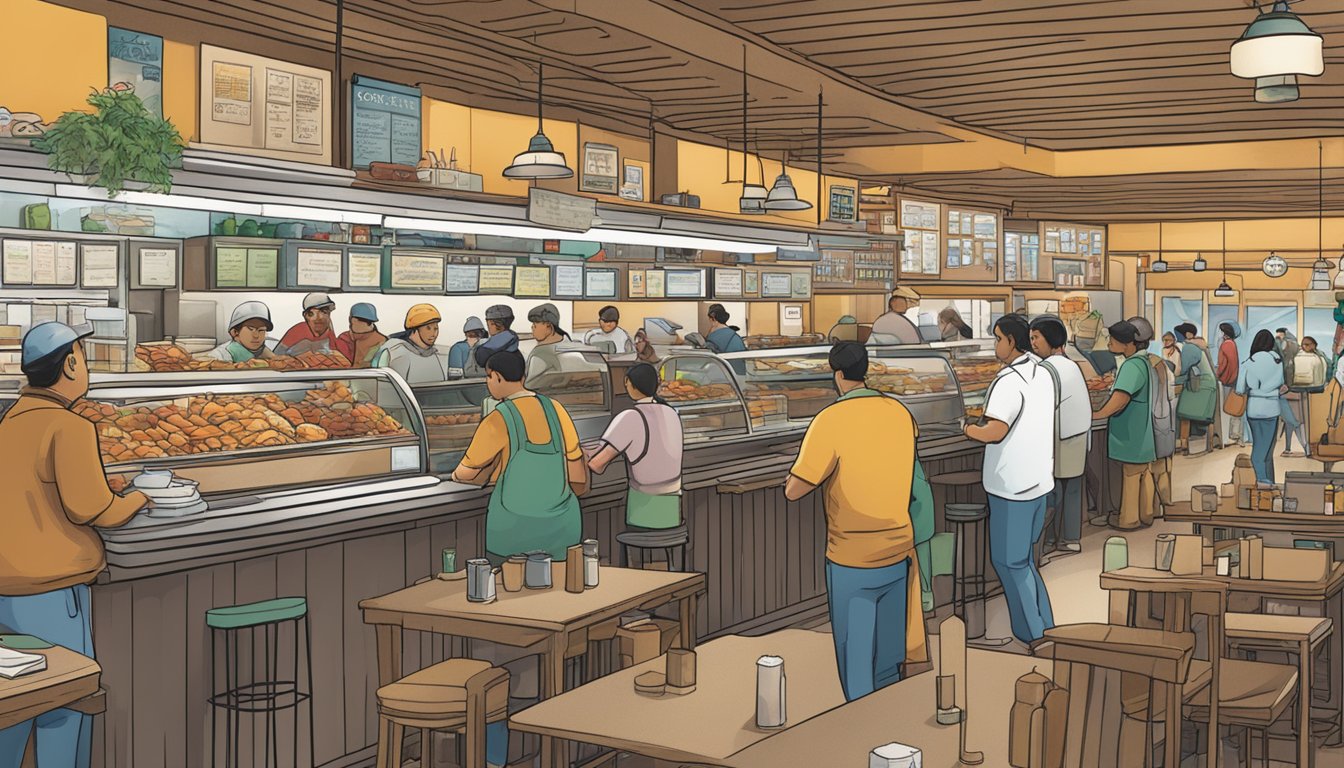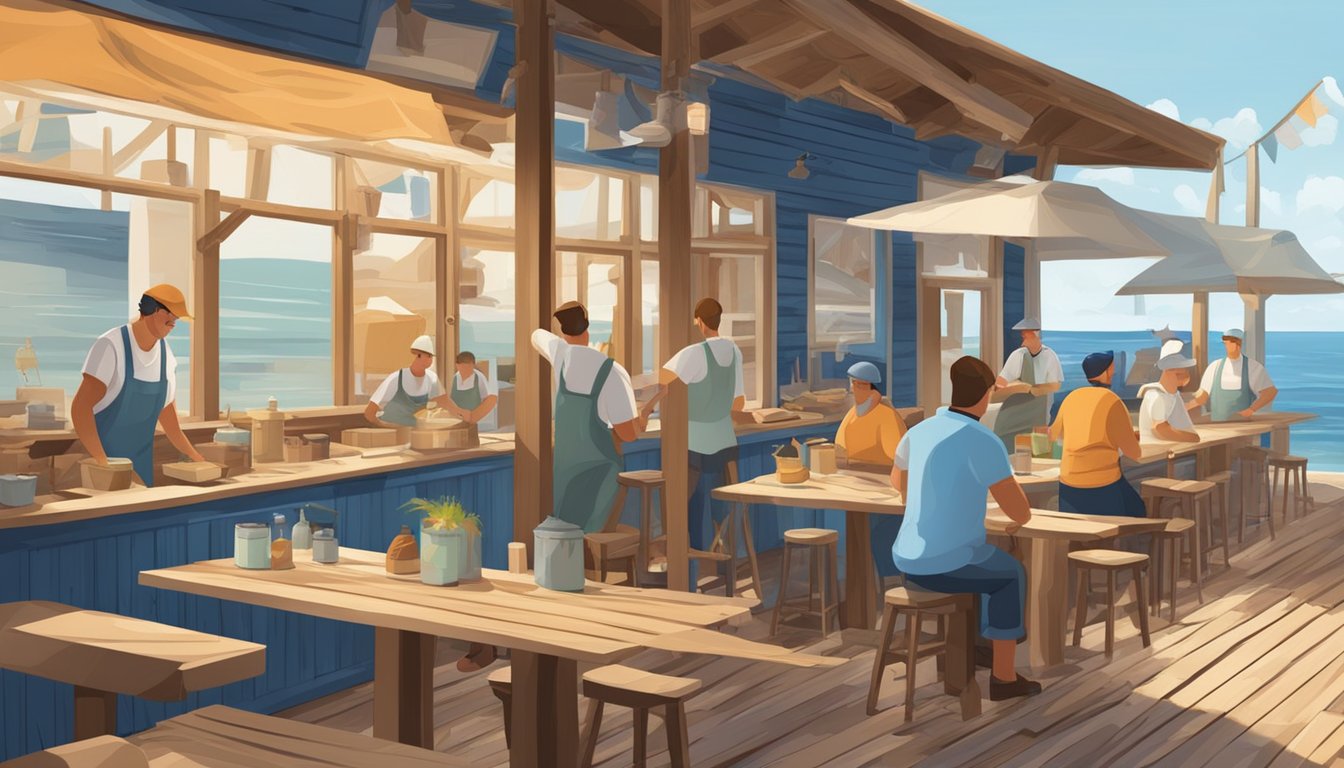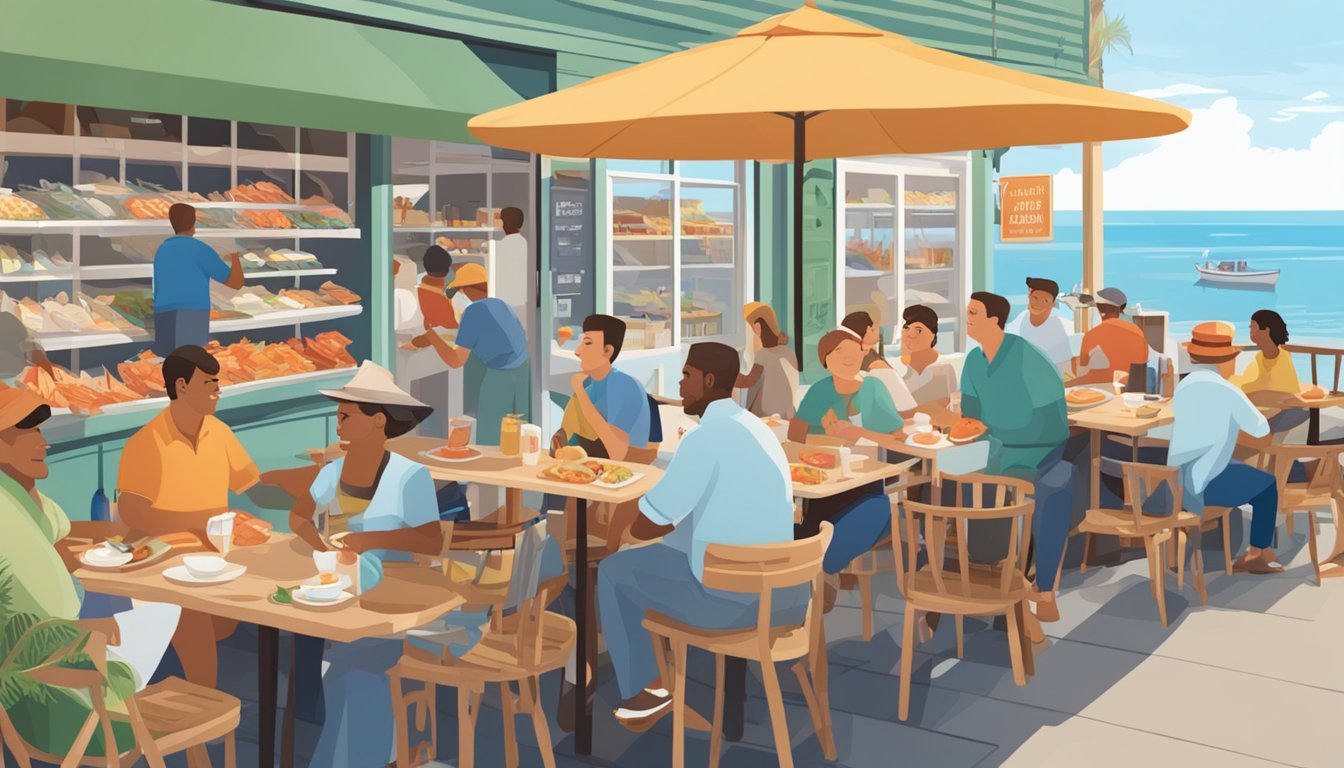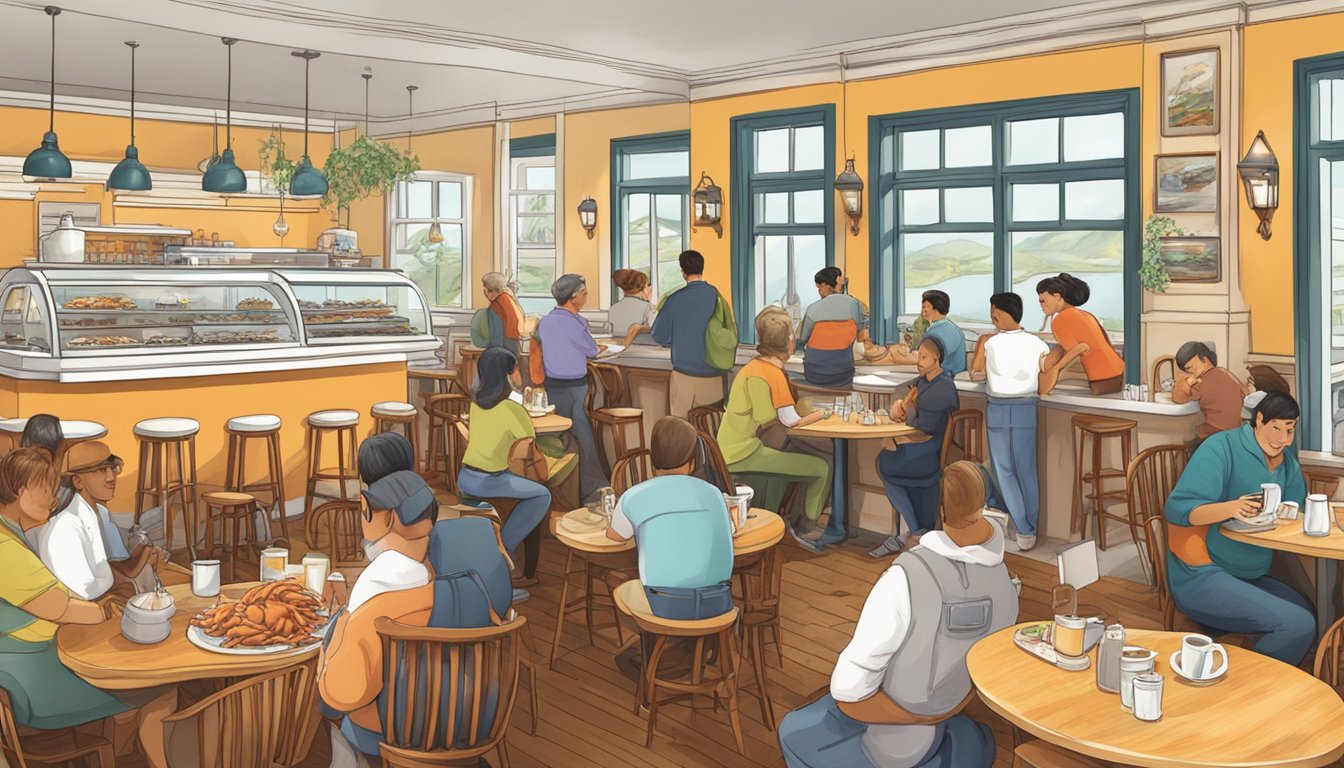Crab catching has become both a popular pastime and a profitable endeavor for those living near the coast or planning visits to crab-rich locales. To maximize the experience, understanding the best hours and locations for crab catching is essential. Crab populations vary greatly depending on local ecosystems, water temperatures, and tidal patterns, making some areas more fruitful than others. Seasonal regulations also play a crucial role, as they are put in place not only to protect the crabs during breeding season but to ensure sustainability of the crab populations for future generations.
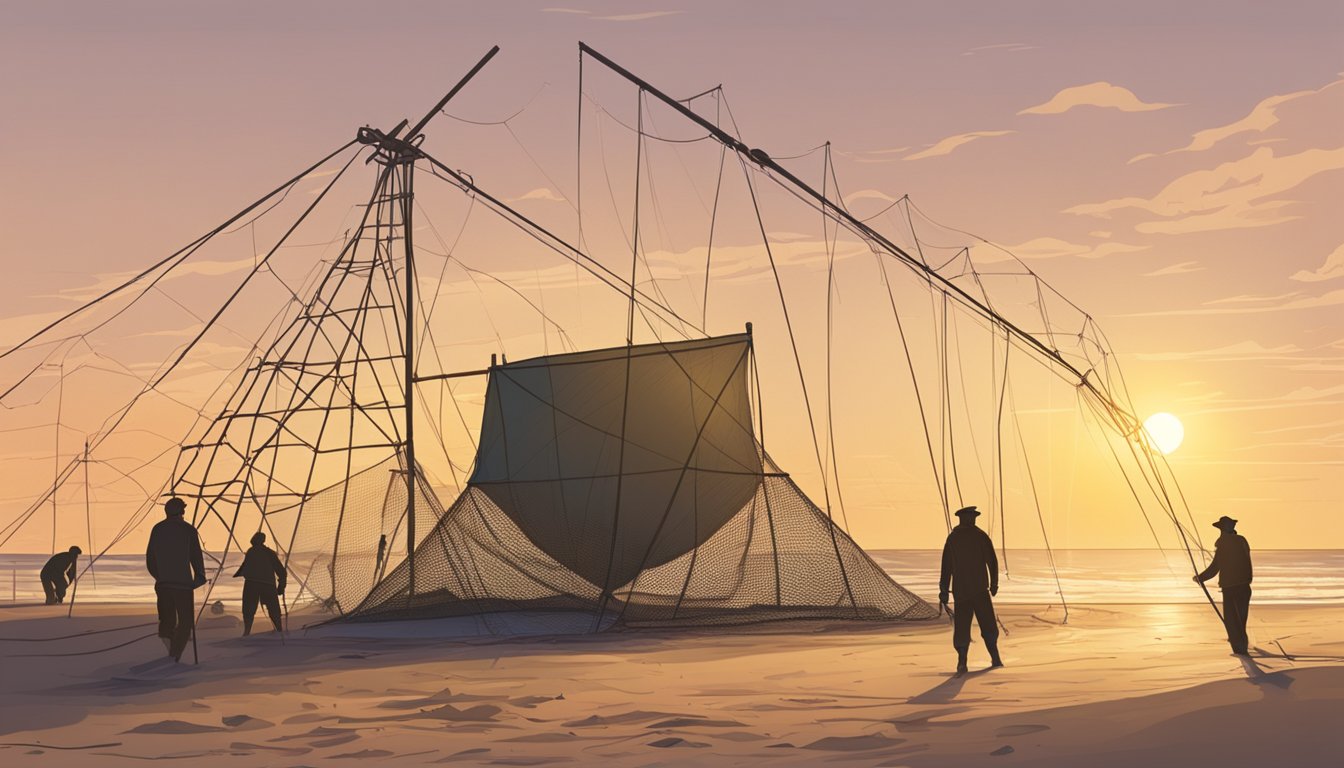
Timing is equally as critical as location when it comes to crabbing. Crabs are often more active during specific times of the day, usually around high or low tide, which also aligns with their feeding routines. Catchers will find that early morning or late afternoon are typically the most successful times to set traps or cast nets. Local wildlife authorities often provide updates on the best times for crabbing, taking into account the migration patterns and the specific species found in the area.
Ultimately, whether one is planning a leisurely day on the water or a commercial fishing expedition, researching the ideal locations and times can lead to a fruitful catch. It’s advised to review local regulations and seasonal guides, as they not only inform about the peak crabbing times but also outline the necessary licenses and gear required for a legal and responsible crabbing experience. By adhering to these guidelines, crab catchers can enjoy the pursuit of their catch while preserving the marine life and environment.
Overview of Crab Catchers
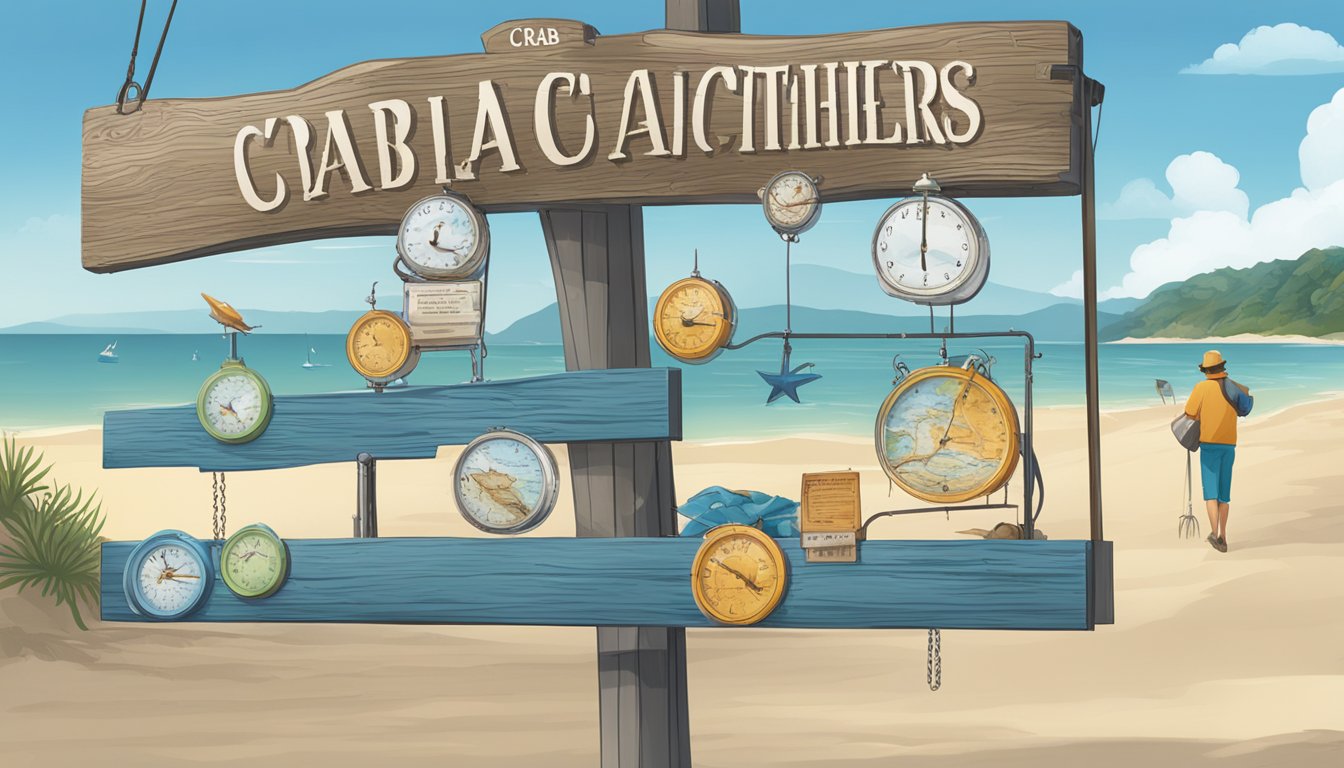
Crab catchers play a crucial role in the seafood industry, ensuring sustainable harvests and compliance with legal size and catch limits.
Purpose and Popularity
Crab catching is a commercial and recreational activity undertaken globally. It targets various species such as the Dungeness crab, blue crab, and king crab. Due to the high demand for crab meat, these crustaceans are amongst the most popular seafood, making crabbing a significant economic activity in many coastal regions.
Regulatory Framework
Regulatory bodies enforce strict rules to preserve crab populations and ecosystems. These regulations often detail:
- Seasons: Defined periods when crab catching is permitted.
- Sizes: Minimum sizes to ensure only mature crabs are caught.
- Licenses: Necessary for both commercial and recreational catchers.
- Catch limits: Daily or seasonal caps on the number of crabs that may be harvested.
These measures help to mitigate overfishing and support the health of crab stocks for future generations.
Locations for Crab Catching
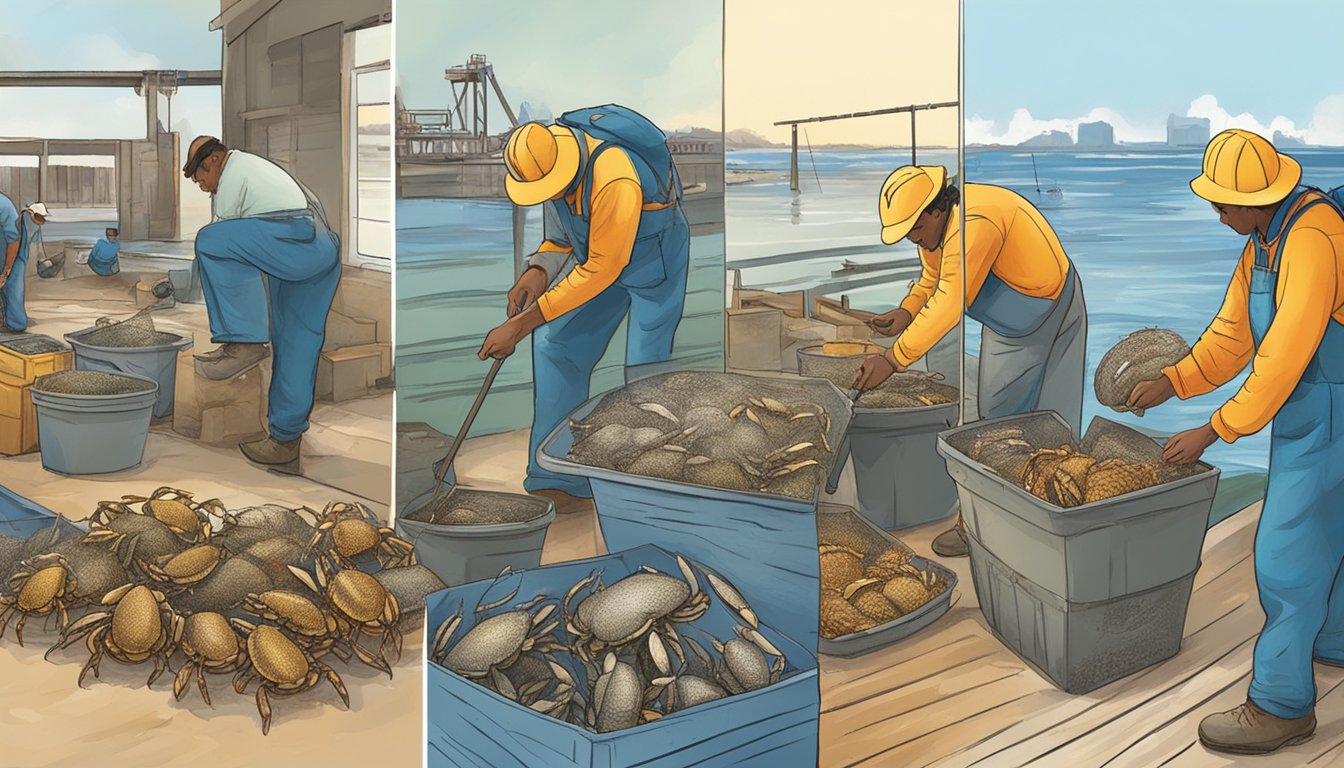
In identifying effective spots for crab catching, one must consider both the prolific regions known for their crab populations and the legalities that govern these activities.
Prime Crabbing Areas
The Chesapeake Bay on the East Coast is renowned for its blue crabs. Professional and recreational crabbers alike frequent this expansive estuary, which offers a mix of brackish and saltwater habitats conducive to crab proliferation. Alaska’s Bering Sea is another hotspot, mainly for king crabs, characterized by its cold waters and significant commercial crabbing industry.
On the Pacific Coast, the Puget Sound in Washington is a prime location for Dungeness crabs. The region’s diverse seafloor provides ample shelter and feeding grounds for crabs, leading to successful catches.
- East Coast: Chesapeake Bay (Blue Crabs)
- Alaska: Bering Sea (King Crabs)
- Pacific Coast: Puget Sound (Dungeness Crabs)
Accessibility and Restrictions
Access to crabbing locations is determined by both natural factors and regulatory controls. For example, seasonal changes can affect crab accessibility, and regions like the Chesapeake Bay enforce specific crabbing seasons to promote sustainability.
Regulatory restrictions also define how, when, and where individuals can crab. Many areas require licenses, and each state may have different size, catch limits, and gear restrictions:
| Location | Licensing Required | Catch Limit | Size Limit | Gear Restrictions |
|---|---|---|---|---|
| Chesapeake Bay | Yes | Yes | Yes | Yes |
| Bering Sea | Yes | Yes | Yes | Yes |
| Puget Sound | Yes | Yes | Yes | Yes |
It is imperative for crabbers to check specific local regulations before heading out to ensure compliance and contribute to conservation efforts.
Operating Hours
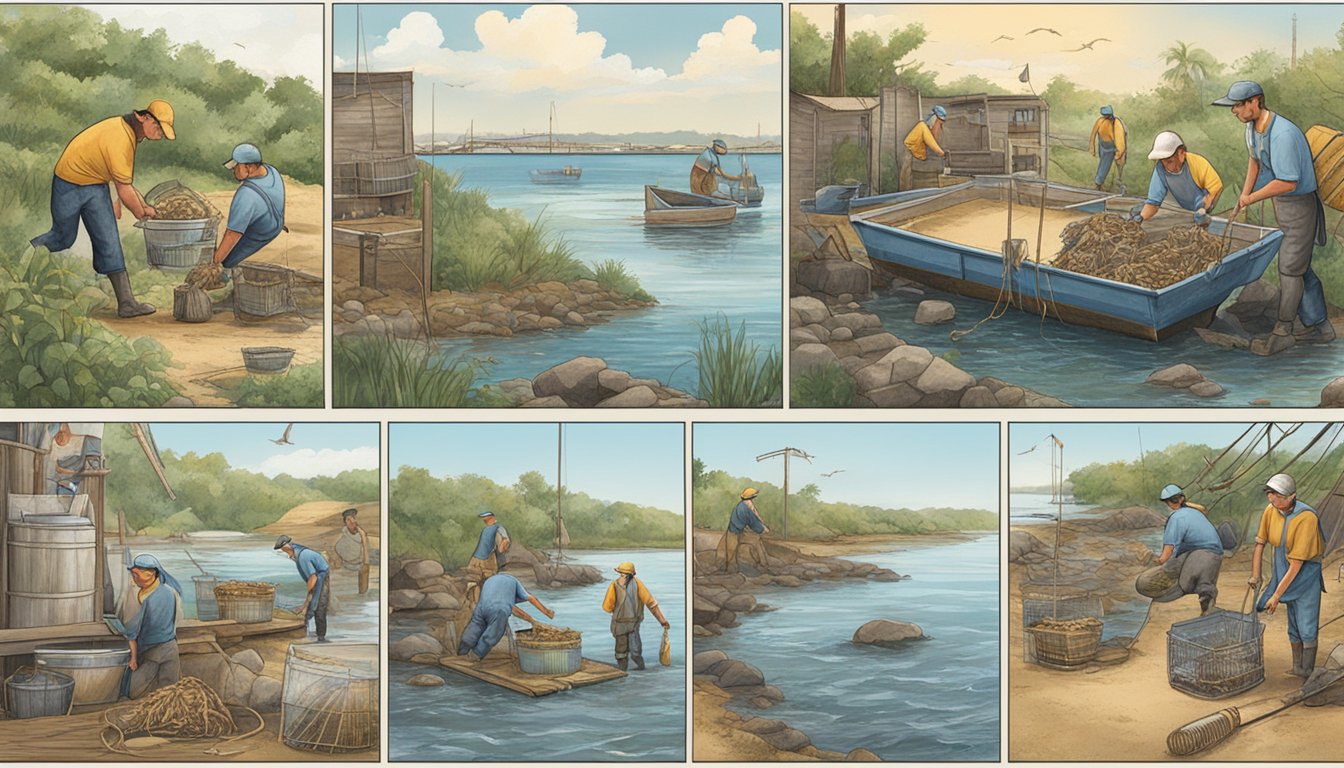
The operating hours for crab catchers are determined by both seasonal regulations and fixed daily time slots to ensure sustainability and compliance with local wildlife management.
Seasonal Variations
Crab catching activities are often governed by strict seasonal guidelines to protect the crab population during critical periods. In regions where crab populations are vulnerable, seasons may be limited to:
- Winter: December to February – Limited to weekends from 8:00 AM to 3:00 PM
- Spring: March to May – Open daily from 7:00 AM to 5:00 PM
- Summer: June to August – Open daily from 5:00 AM to 8:00 PM
- Autumn: September to November – Open daily from 7:00 AM to 4:00 PM
Daily Time Slots
Within the defined seasons, crab catchers adhere to specific time slots that dictate their activity on the water. These time slots are as follows:
- Morning: 5:00 AM to 12:00 PM
- Afternoon: 12:00 PM to 5:00 PM
- Evening (Summer only): 5:00 PM to 8:00 PM
*Note that the evening slot is exclusively available in the summer months to take advantage of extended daylight hours.
Catch Limits and Regulations
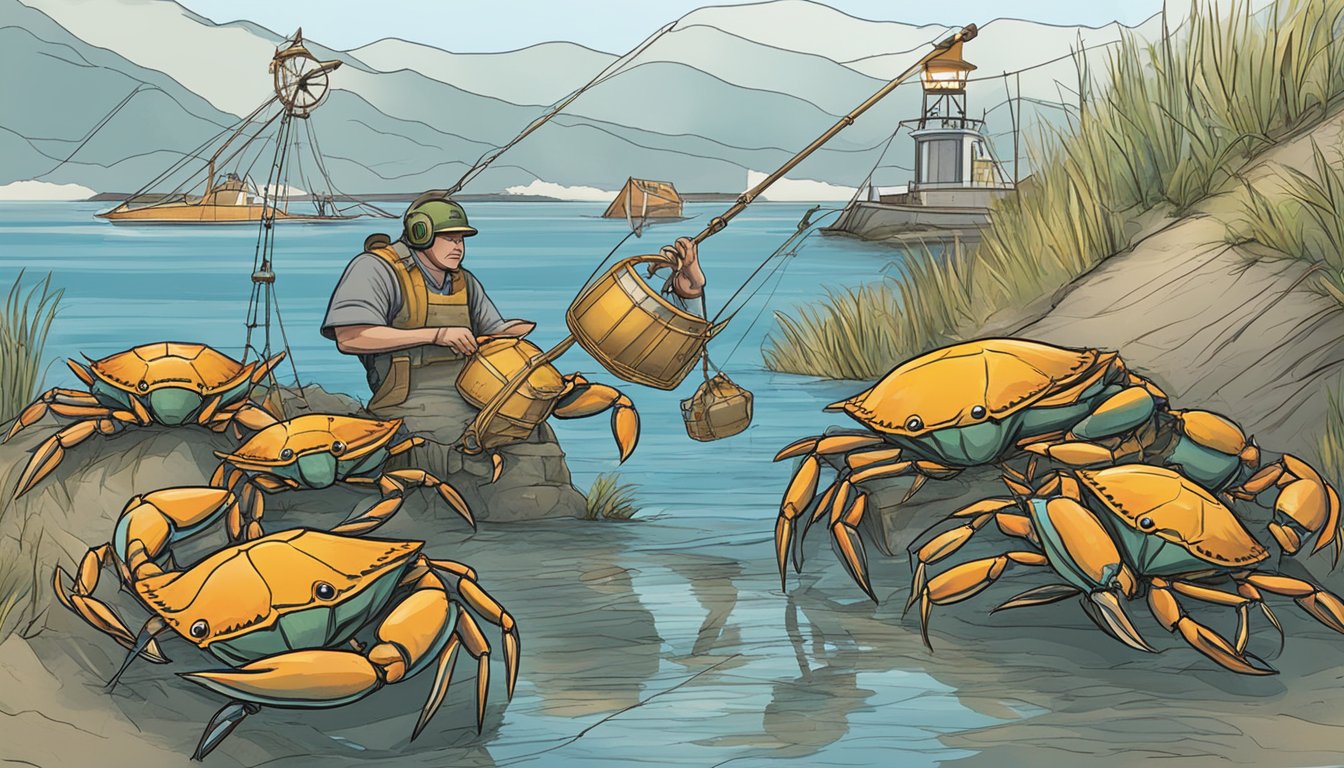
Catch limits and regulations are crucial for sustainable crab fishing. They ensure the long-term viability of crab populations and protect against overfishing.
By Region
Maryland Chesapeake Bay
- Daily Limit: 1 bushel per person
- Season: April 1st – December 15th
Louisiana Gulf Coast
- Daily Limit: 5 dozen per person
- Season: September 1st – June 30th
Alaska Bering Sea
- Daily Limit: no personal catch limit for non-commercial
- Season: varies by specific area
By Crab Species
Blue Crab
- Size Limit: 5 inches from point to point
- Egg-bearing females: must be released
Dungeness Crab
- Size Limit: 6.25 inches measured by the shell width
- Egg-bearing females: must be released
King Crab
- Size Limit: legal size varies by area
- Egg-bearing females: harvest prohibited
Snow Crab
- Size Limit: must be 3.3 inches across the carapace
- Egg-bearing females: harvest prohibited
Equipment and Bait
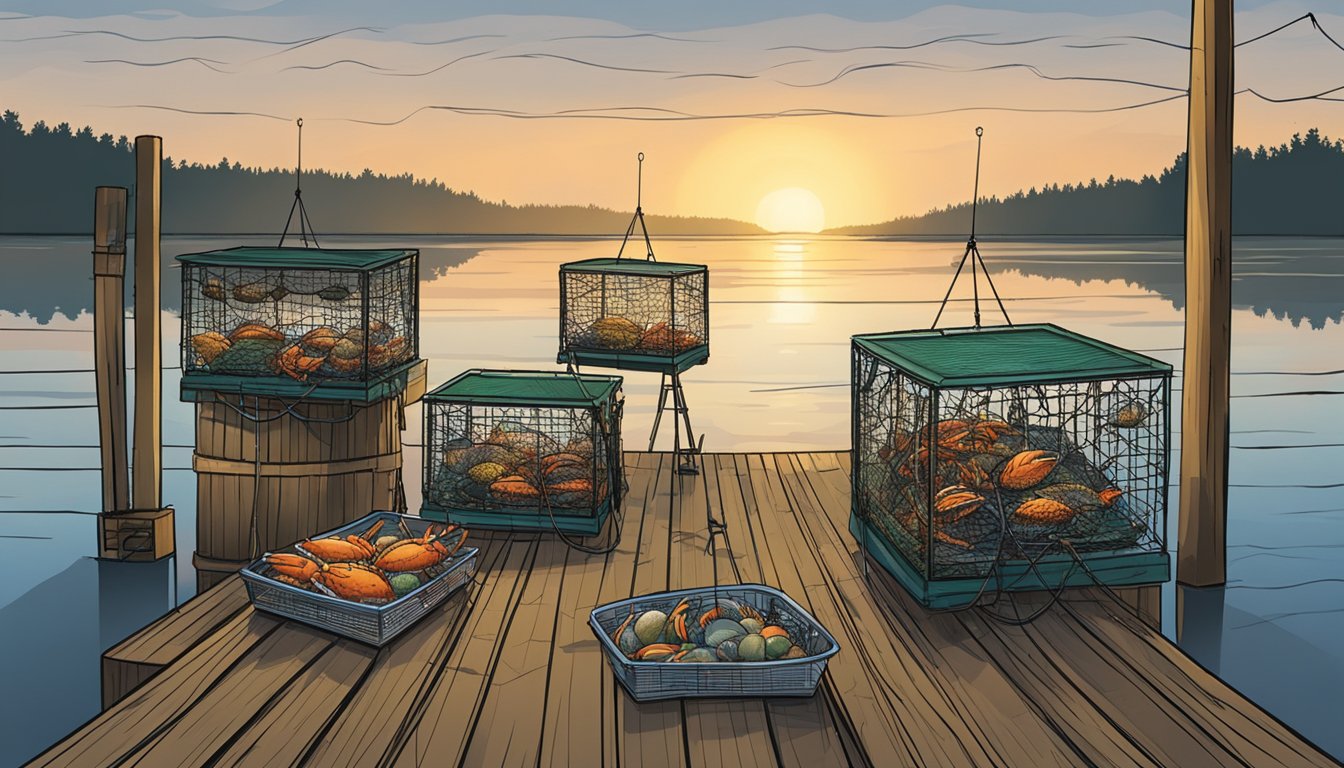
Selecting the right equipment and bait is crucial for a successful crab catching experience. They ensure effectiveness and efficiency when harvesting crabs.
Recommended Gear
Traps: The most commonly used gear are crab traps, which vary by region and target species. Popular types include:
- Pyramid traps, which collapse for easy storage.
- Ring nets, ideal for short soak times.
- Box traps, which are preferred for their durability and larger catches.
Tools: Essential tools include:
- Crab gauges to measure catch legally.
- Gloves to protect hands from sharp shells.
Effective Baits
Crabs are attracted to a variety of baits, with their preference often influenced by local conditions and species. Common baits include:
| Bait Type | Description |
|---|---|
| Fish carcasses | High scent dispersal, attracting crabs from a distance. |
| Chicken necks | Tough and long-lasting, often used by recreational crabbers. |
| Clam snouts | Especially effective for larger, more aggressive crab species. |
Synthetic baits are also available and can be a sustainable alternative without compromising catch rates.
Safety Guidelines
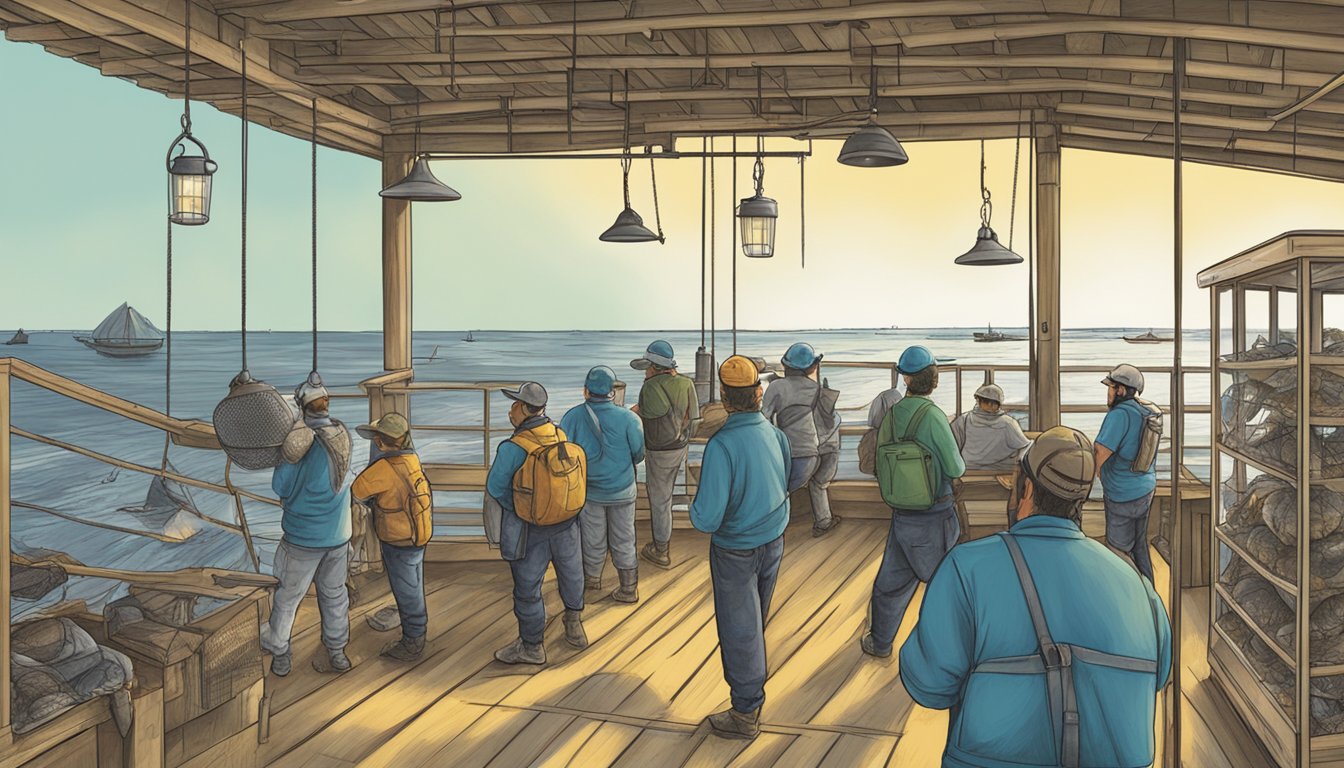
The following safety guidelines are crucial to ensure a safe and enjoyable crab catching experience. Adherence to weather considerations and the use of personal safety equipment are paramount.
Weather Considerations
- Check Weather Forecasts: Always consult the local weather forecast before heading out to catch crabs. Look for warnings about storms or high winds that could make conditions unsafe.
- Tide Information: Be aware of tide times and strengths, as tides can greatly impact safety on the shore or at sea.
Personal Safety Equipment
-
Life Jackets: Always wear a U.S. Coast Guard-approved life jacket when on a boat, regardless of swimming ability.
Type Description Use Case Offshore life jacket High buoyancy for rough waters Open, rough or remote waters where rescue may be slow Nearshore buoyant vest Less bulky, good for calm waters General boating activities -
Protective Clothing: Dress in layers to protect against changing weather and use waterproof gear to stay dry.
Equipment Purpose Additional Information Gloves Protect hands from cuts and scrapes Choose heavy-duty, non-slip options Boots Ensure stable footing on slippery surfaces Waterproof and non-slip recommended
Conservation Efforts
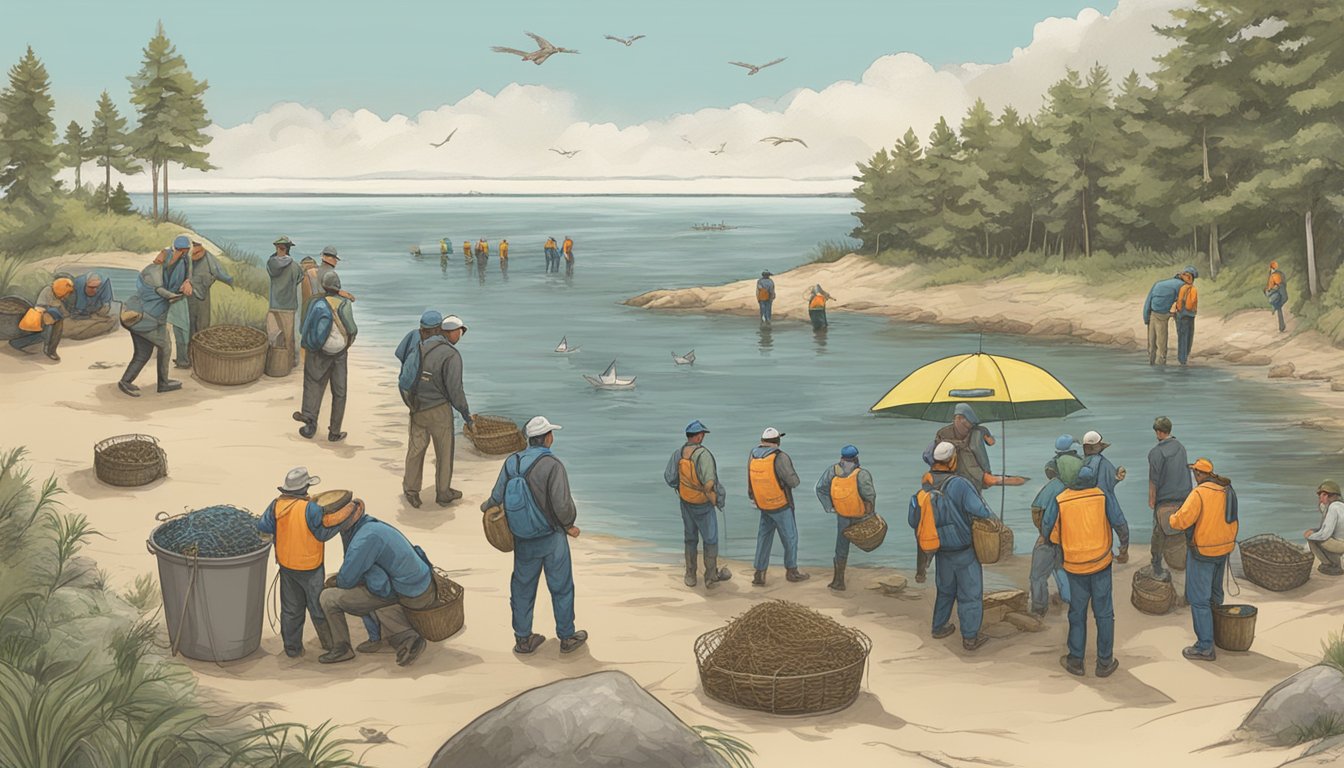
Crab catchers are integral to marine ecosystem health and must adhere to regulations ensuring species sustainability. Conservation practices and legal ramifications are established to maintain crab populations for future generations.
Sustainability Practices
Sustainable practices include setting seasonal quotas and utilizing selective gear types, like traps that allow undersized crabs to escape. Regular assessments of crab populations also inform catch limits.
- Season Dates: Regulated to coincide with breeding cycles.
- Gear Restrictions: Mandate the use of escape rings for juvenile crabs.
- Bycatch Reduction: Measures are in place to minimize the capture of non-target species.
Legal Penalties for Non-Compliance
Authorities enforce strict penalties for non-compliance to protect crab stocks. Penalties include:
- Fines: Monetary penalties for breaches in allowed catch sizes or quota violations.
- License Suspension: Temporary or permanent revocation of fishing licenses.
- Criminal Charges: Serious infractions can lead to criminal prosecution.
